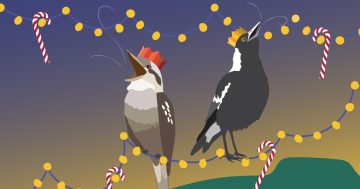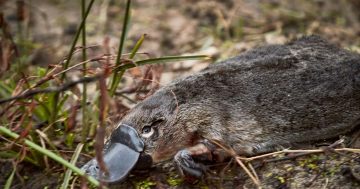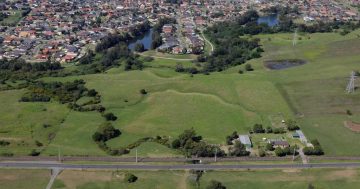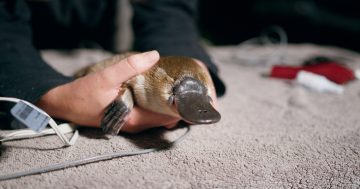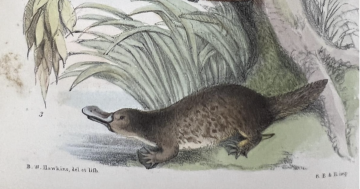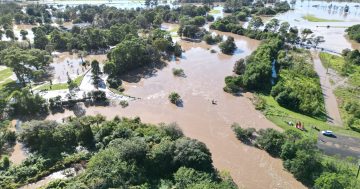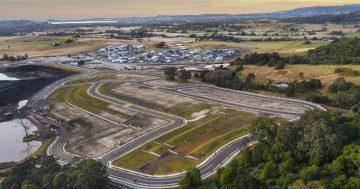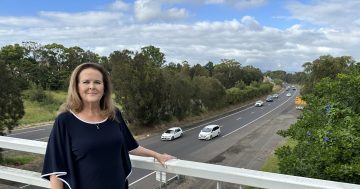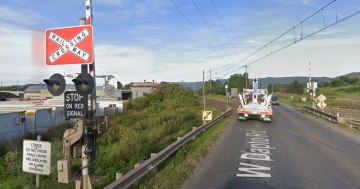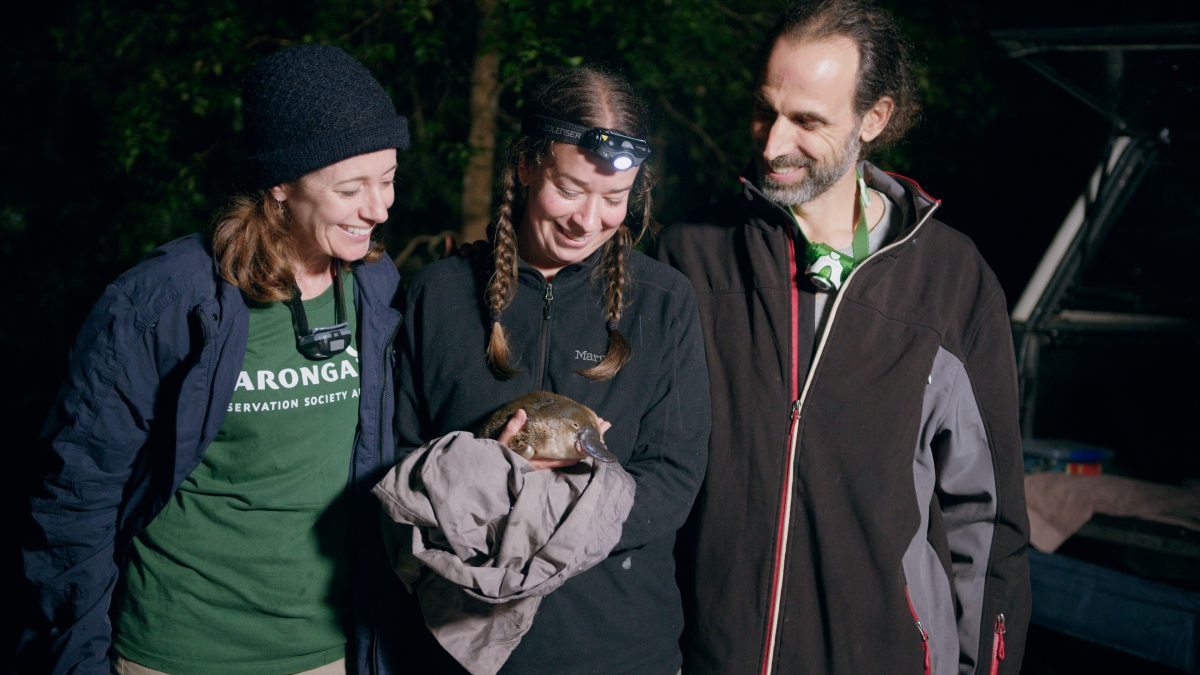
Dr Justine O’Brien, of Taronga and Dr Gilad Bino and Dr Tahneal Hawke of UNSW were the first people to find a juvenile platypus in the Royal National Park for more than half a century. Photo: University of NSW.
Wollongong’s waterways are home to an elusive superstar – the platypus.
eDNA technology has found evidence of platypuses in Macquarie Rivulet, Reed Creek, Robins Creek and Mullet Creek, all around the Dapto area.
Researchers are excited about the discovery, as the most recent sighting of a platypus in the area was in 2019, and before that in 2006.
It’s not all good news, however.
The waterways where they make their homes are likely to be affected by the massive developments proposed for West Dapto.
At the moment the plans don’t consider platypuses, and they aren’t protected by federal regulations.
A Wollongong City Council spokesperson said platypuses would be considered when the draft West Dapto strategy was finalised, but made no commitment to include them yet.
“Several responses received to the draft West Dapto Riparian Corridor Management Strategy advocated for the protection of species such as the platypus and provision of ‘platypus friendly’ design principles,” the Wollongong City Council spokesperson said.
“This will be considered in finalisation of the strategy as we work to create and enhance native fauna and flora habitats within green spaces and along riparian corridors.”
A wild platypus sighting is a once-in-a-lifetime event for most people.
But that wasn’t always the case.
Dr Gilad Bino is an ecologist and platypus researcher at the University of NSW.
Part of the team who reintroduced platypuses to the Royal National Park, Dr Bino also looks at historic records of platypuses to identify how their population has changed over time.
He said 100 years ago hunters would report shooting dozens in a single day.
“I can’t think of anywhere you could find that many now,” he said. “They’re endangered in South Australia, and pretty much wiped out on the mainland in that state.
“In Victoria they are listed as vulnerable.
“We tried to nominate them for a federal listing but we were told there wasn’t enough data to support it.
“There is no federal monitoring of platypus populations, so we’re very reliant on people reporting their observations.”
The eDNA study was conducted by Wollongong City Council in partnership with Shellharbour City Council and the NSW Government.
Water samples were collected and sent to a laboratory where the DNA present in the water is copied millions of times to allow the detection of even very small fragments.
These are then cross-referenced with species records in an established DNA database.
This technique enables the identification of organisms that are difficult to observe using traditional survey methods.
Isabelle Ghetti, the council’s environment planning manager, said the discovery of platypus was a welcome surprise.
“When we saw an opportunity to tap into a statewide survey … we were jumping up and down to be a part of it,” she said.
“It’s exciting because every bit of data collected will help inform our future planning and care of our waterways.”
Dr Bino said there were a number of threats to platypus populations that must be considered if we are to care for them.
The three main culprits are climate disasters, pollution and development.
“Most of the waterways platypuses exist in are in areas that are not necessarily protected,” he said.
“Waterways meander through private property and council land so the only way to protect them is to make sure we’re all on board.
“Platypus don’t just rely on the waterways but the riverbanks in that riparian zone.
“They need to dig burrows for resting and nesting, and they need trees to stabilise the banks and reduce soil running off into the water.
“The construction phase of development can have a big impact on soil in the waterways; we recommend a 20-metre buffer from the riverbank to maintain that zone.”
Platypuses need to be able to find other platypuses too, to make sure there is enough genetic diversity for the population to continue.
This means it’s critical the entire stretch of a waterway is platypus-friendly.
Dr Tahneal Hawke, who works for the Taronga Conservation Society and the University of NSW as a platypus researcher, said there were things we could all do to help local platypus thrive.
“Pick up litter, she said.
“Platypus often get entangled in hair ties, rubber bands and fishing line. They don’t have hands so they can’t get them off when they’re stuck around their necks.
“If you see a platypus report the sighting to the Platy Project online.
“Platypus aren’t protected, so they need local communities to advocate for them to be considered when large developments are underway.
“If you’re really keen, get involved with a volunteer organisation like Landcare that restores and revegetates platypus habitat.”
The Illawarra waterway survey is ongoing with findings still being finalised. In the meantime, you can check out some of the results at the Wilderlab website.
If you’ve spotted a platypus head to The Platy Project to log your sighting.








